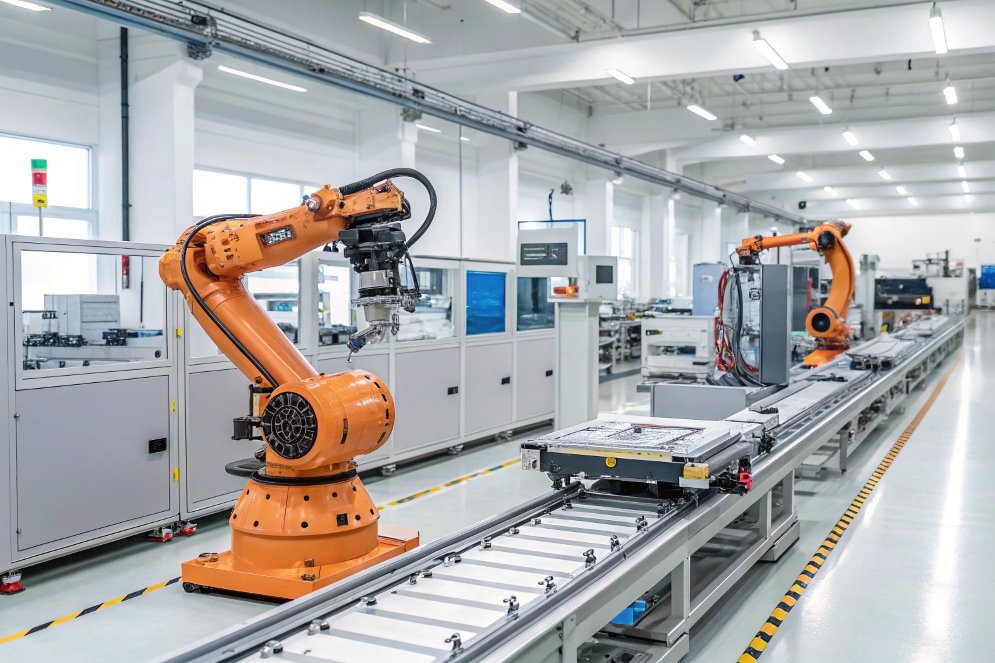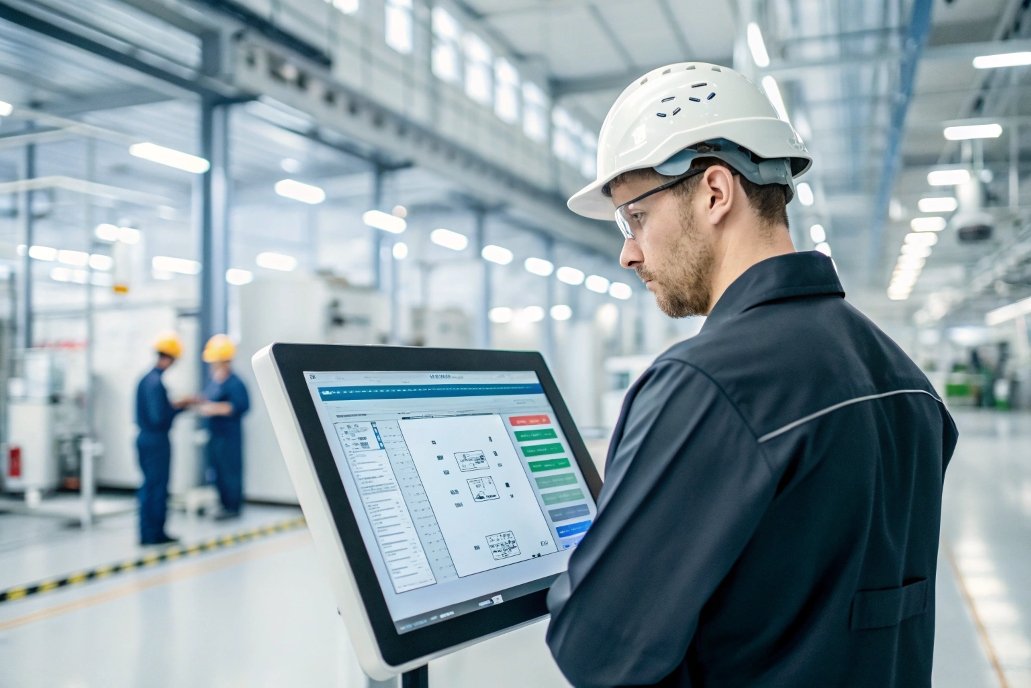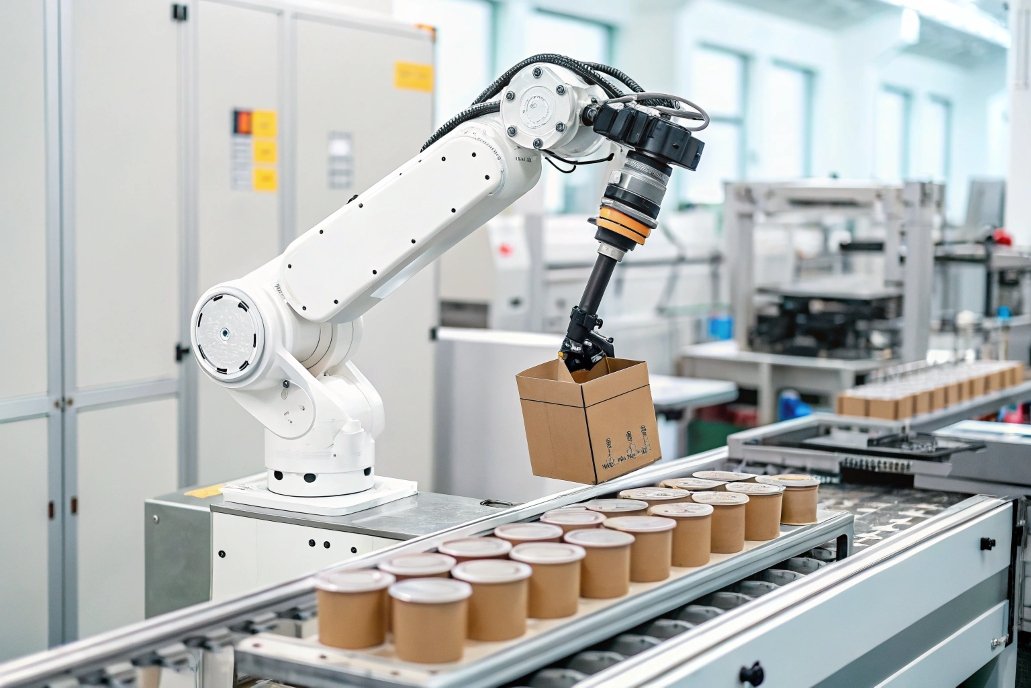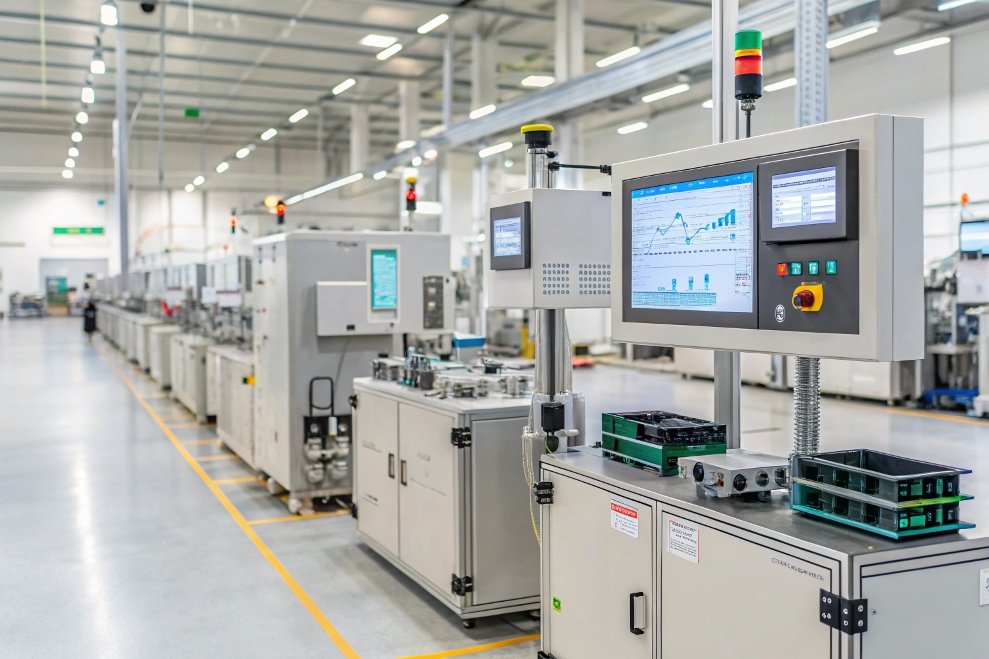
When I first started working in custom parts manufacturing, I quickly realized that adopting the right technologies could make all the difference. Technology can streamline every step, from design and prototyping to production and quality control. By integrating advanced tools and techniques, you not only improve efficiency but also gain a competitive edge. But how exactly can you leverage technology to optimize custom parts manufacturing?
Leveraging technology in custom parts manufacturing allows you to enhance efficiency, improve quality, and reduce production time. With the latest advancements, you can automate processes, enhance precision, and gain better insights into your production.
In this article, we will explore the latest technological advancements1 in custom parts manufacturing, how technology helps improve efficiency, and why adopting smart manufacturing techniques is key for future growth.
What Are the Latest Technological Advancements in Custom Parts Manufacturing?

Technology is evolving rapidly, and the manufacturing industry is seeing huge innovations that can drastically improve the way custom parts are produced. These advancements not only improve quality but also help reduce costs and lead times.
Latest Technological Innovations in Custom Parts Manufacturing
| Technology | Impact on Custom Parts Manufacturing |
|---|---|
| 3D Printing (Additive Manufacturing)2 | Enables faster prototyping, complex geometries, and reduced material waste. |
| CNC Machining (Computer Numerical Control) | Provides high precision, consistency, and the ability to create intricate parts. |
| AI and Machine Learning | Optimizes production schedules, predicts machine failures, and improves quality control. |
| Robotic Automation | Automates repetitive tasks, increasing production speed and reducing human error. |
| IoT (Internet of Things) | Provides real-time data on production processes, helping to monitor efficiency and quality. |
Staying Ahead of the Curve
By staying updated with technological advancements, you can identify which tools will benefit your custom parts manufacturing3 process the most. The right technology can improve production speed, reduce costs, and help you maintain a competitive edge in the market.
How Can Technology Help Improve Efficiency in Custom Parts Production?

Technology helps streamline custom parts production by automating tasks, enhancing precision, and providing data-driven insights. This, in turn, leads to higher efficiency and faster turnaround times.
How Technology Improves Efficiency
| Technology | Efficiency Benefit |
|---|---|
| CNC Machines | Automates cutting and shaping of parts, allowing for higher precision and reduced labor costs. |
| Robotics and Automation | Speeds up repetitive tasks, reduces human error, and ensures uniformity in production. |
| Cloud-Based Manufacturing Software | Centralizes data and facilitates collaboration between teams, improving workflow and communication. |
| Real-Time Monitoring Systems | Tracks machine performance, production rates, and quality in real-time, identifying inefficiencies quickly. |
| AI-Driven Process Optimization | Analyzes data to suggest improvements in the manufacturing process, reducing waste and optimizing schedules. |
Boosting Productivity
By integrating technology, you can automate processes that were once labor-intensive and prone to human error. This not only speeds up production but also allows you to allocate resources more effectively, ensuring your team focuses on tasks that require creativity and expertise.
Why Should You Adopt Smart Manufacturing Techniques for Custom Parts?

Adopting smart manufacturing techniques allows you to optimize your production process, reduce costs, and achieve better-quality custom parts. By combining automation, data analytics, and connected systems, you can enhance every aspect of your production line.
Benefits of Smart Manufacturing Techniques
| Smart Technique | Benefit |
|---|---|
| Predictive Maintenance | Uses data to predict machine failures before they happen, minimizing downtime. |
| Advanced Sensors and IoT | Provides real-time insights into production, ensuring machines are operating at optimal efficiency. |
| Artificial Intelligence (AI) | Improves decision-making by analyzing large datasets to identify production bottlenecks and optimize scheduling. |
| Integrated Manufacturing Systems | Connects all aspects of production, from design to delivery, allowing for seamless communication and more efficient operations. |
| Digital Twin Technology | Creates a virtual replica of your production system to simulate and optimize performance before making changes to the real system. |
Future-Proofing Your Business
Smart manufacturing techniques offer far more than just productivity boosts—they also help future-proof your business. By adopting these technologies now, you’ll not only streamline your current operations but also position yourself for future growth as the industry continues to evolve.
Conclusion
Integrating technology into custom parts manufacturing is no longer optional—it’s a necessity. From 3D printing and CNC machining to smart manufacturing techniques, technology has the power to increase efficiency, reduce costs, and improve overall production quality. By adopting the latest advancements and continuously evaluating emerging technologies, you can stay ahead of the competition and ensure your manufacturing process is as efficient and cost-effective as possible.
Understanding the latest advancements can help you stay competitive and improve your manufacturing processes. ↩
Discover how 3D printing can revolutionize your manufacturing process and enhance efficiency. ↩
Exploring best practices can provide insights into optimizing your custom parts manufacturing process. ↩

